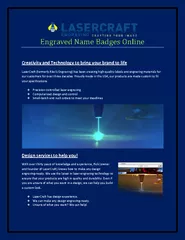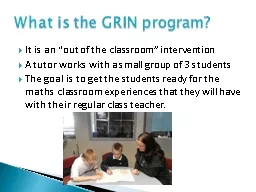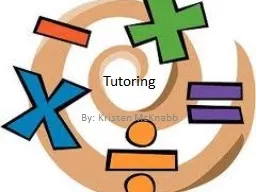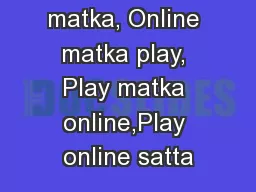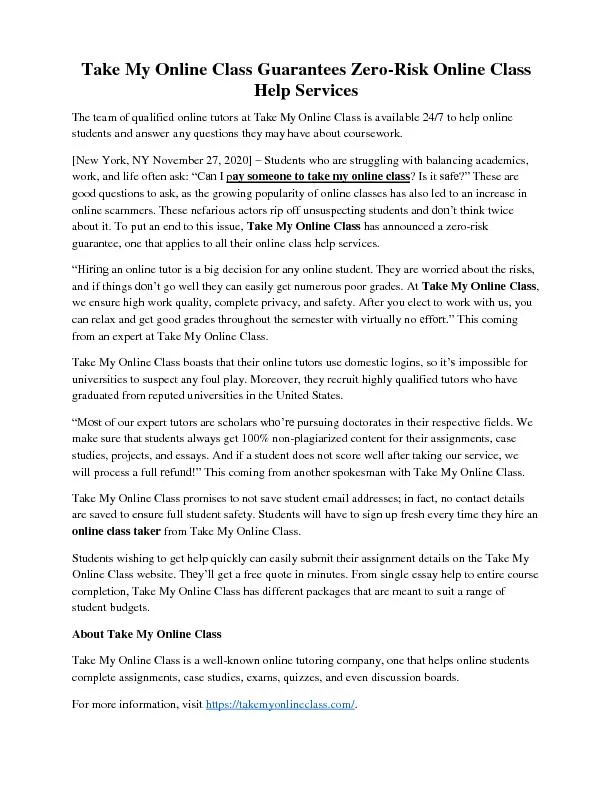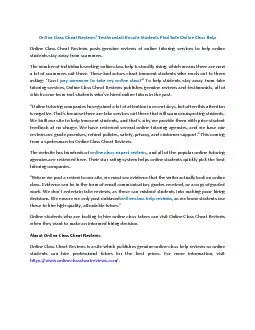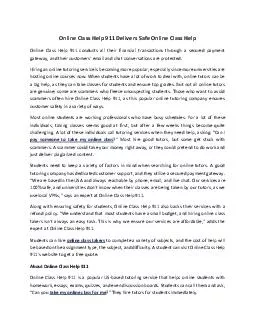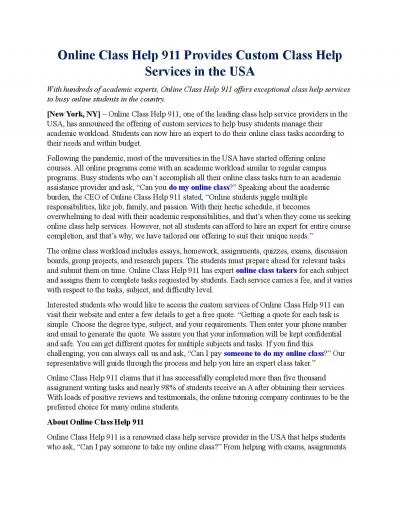PPT-Online Tutored Schoolrooms:
Author : olivia-moreira | Published Date : 2017-10-31
The Rise amp Fall Of Group Instruction by David V Anderson July 23 2010 Before group instruction Tutoring Agebased group instruction Its flawed Selfpaced schoolrooms
Presentation Embed Code
Download Presentation
Download Presentation The PPT/PDF document "Online Tutored Schoolrooms:" is the property of its rightful owner. Permission is granted to download and print the materials on this website for personal, non-commercial use only, and to display it on your personal computer provided you do not modify the materials and that you retain all copyright notices contained in the materials. By downloading content from our website, you accept the terms of this agreement.
Online Tutored Schoolrooms:: Transcript
Download Rules Of Document
"Online Tutored Schoolrooms:"The content belongs to its owner. You may download and print it for personal use, without modification, and keep all copyright notices. By downloading, you agree to these terms.
Related Documents


